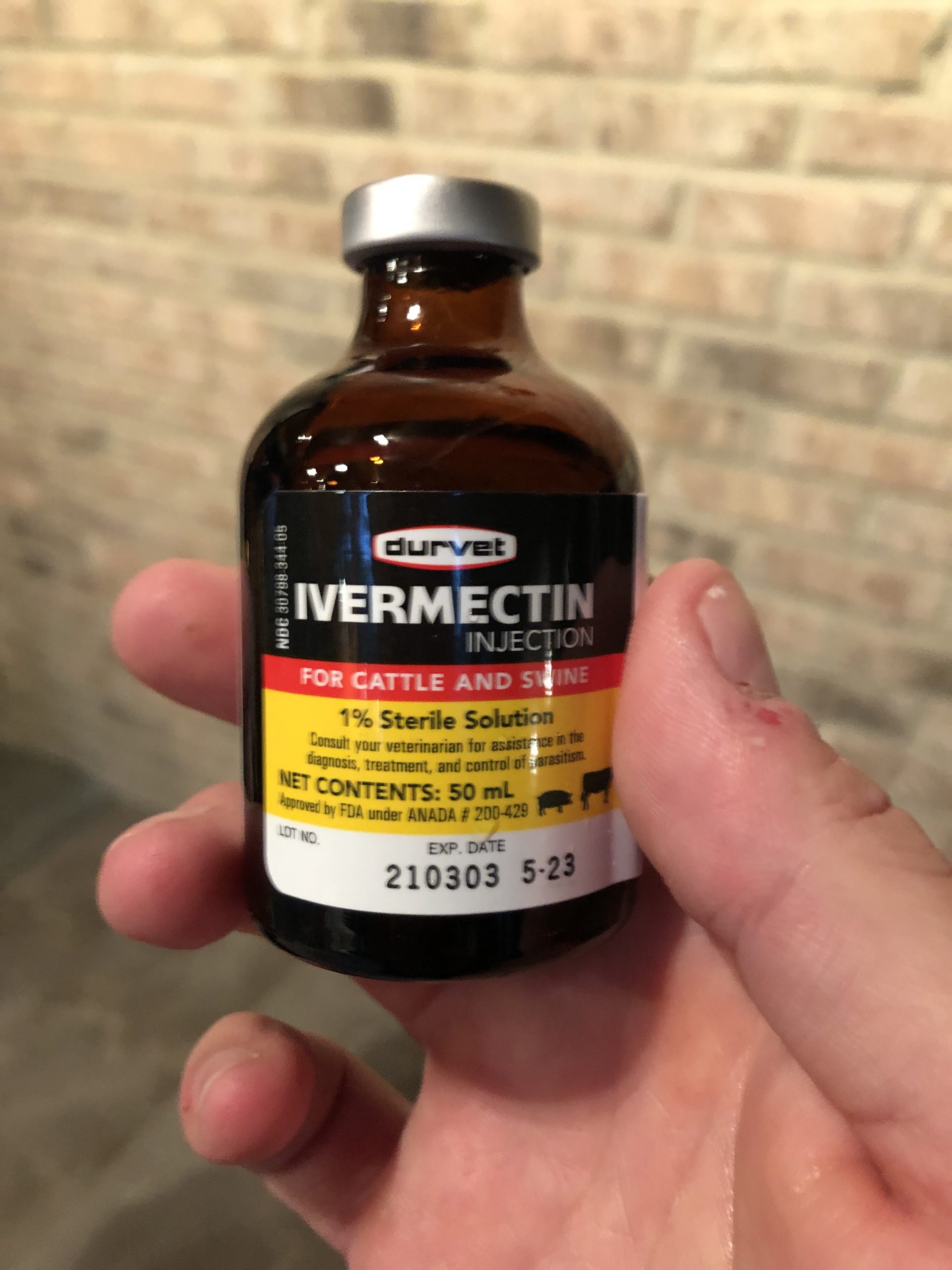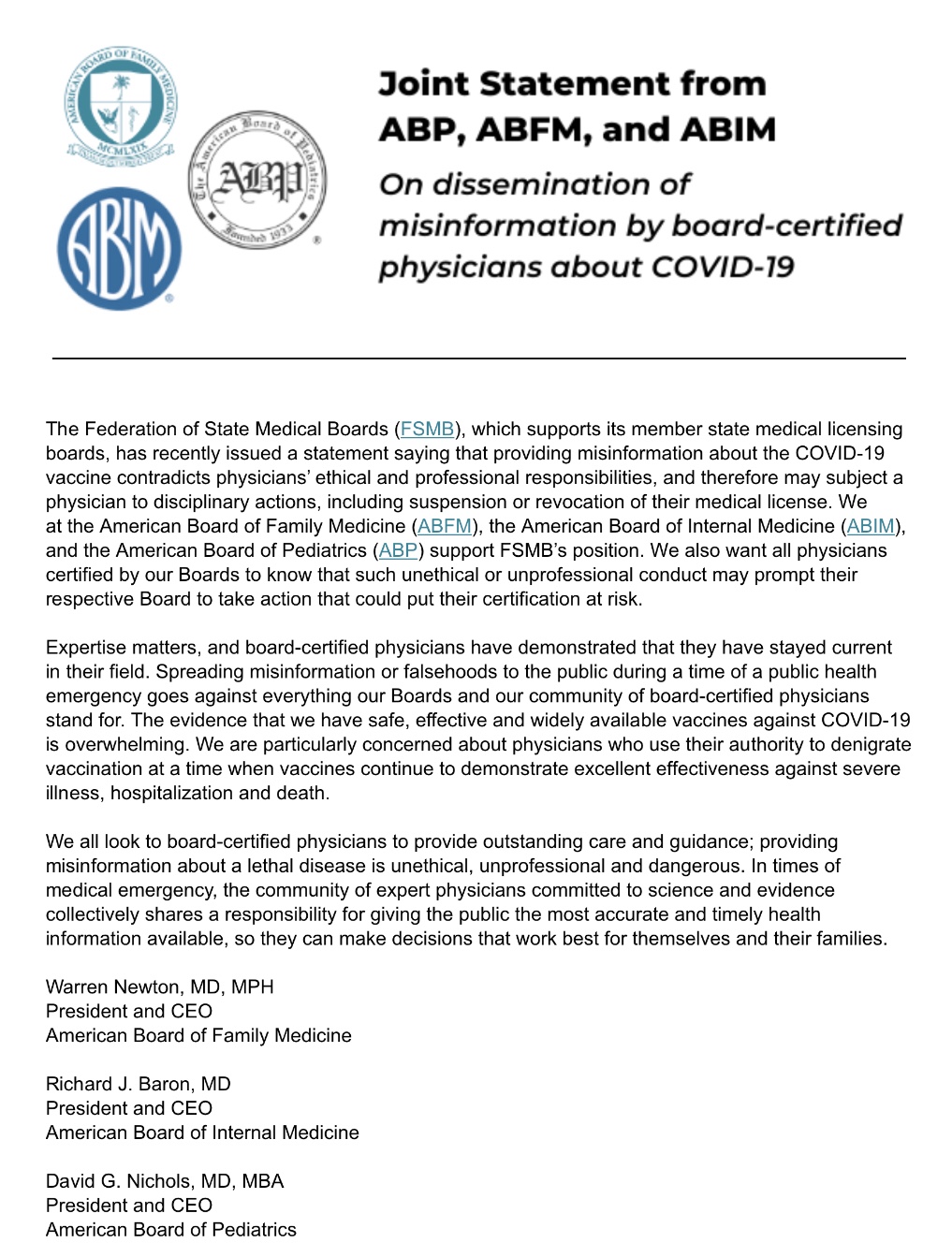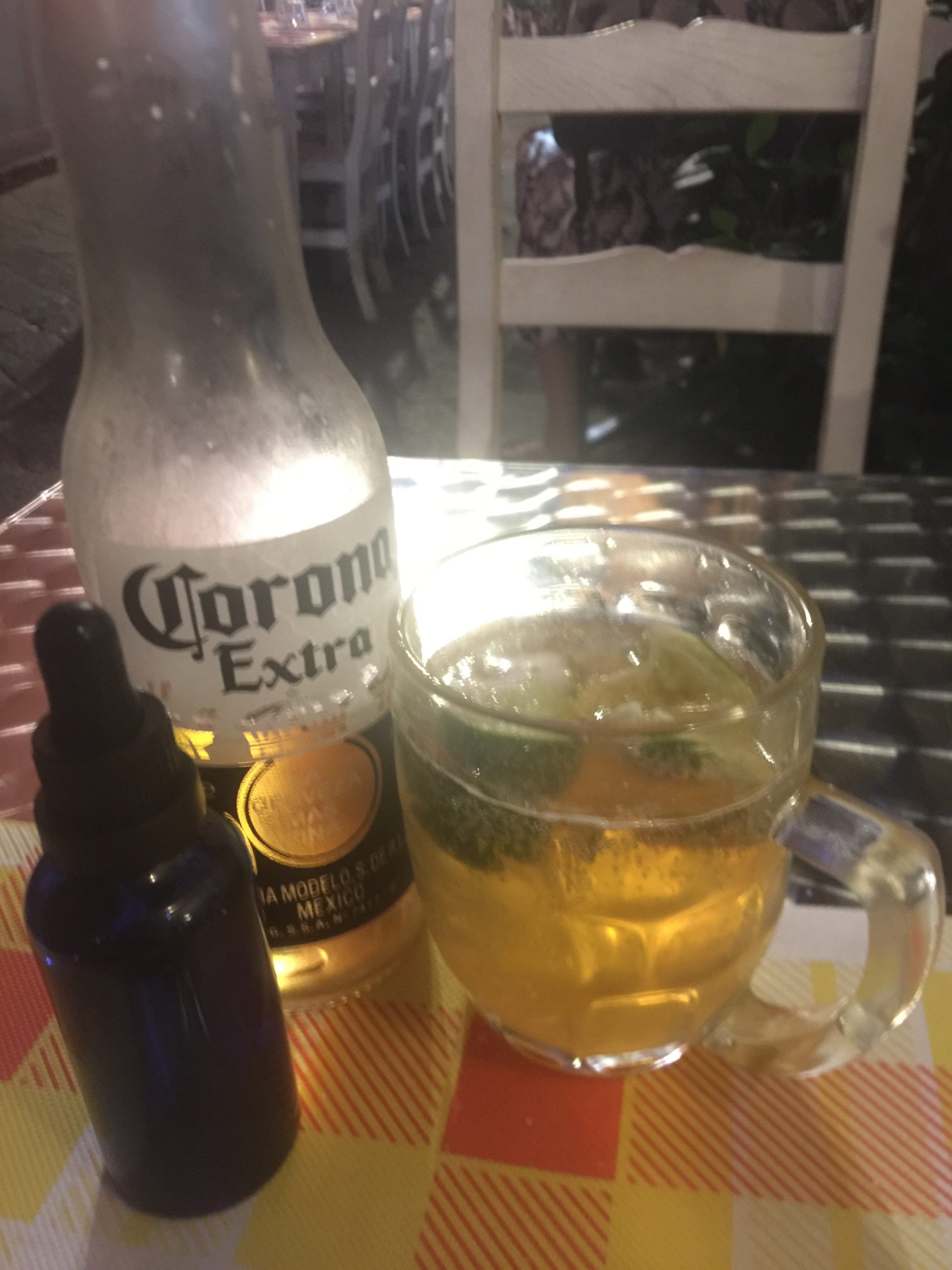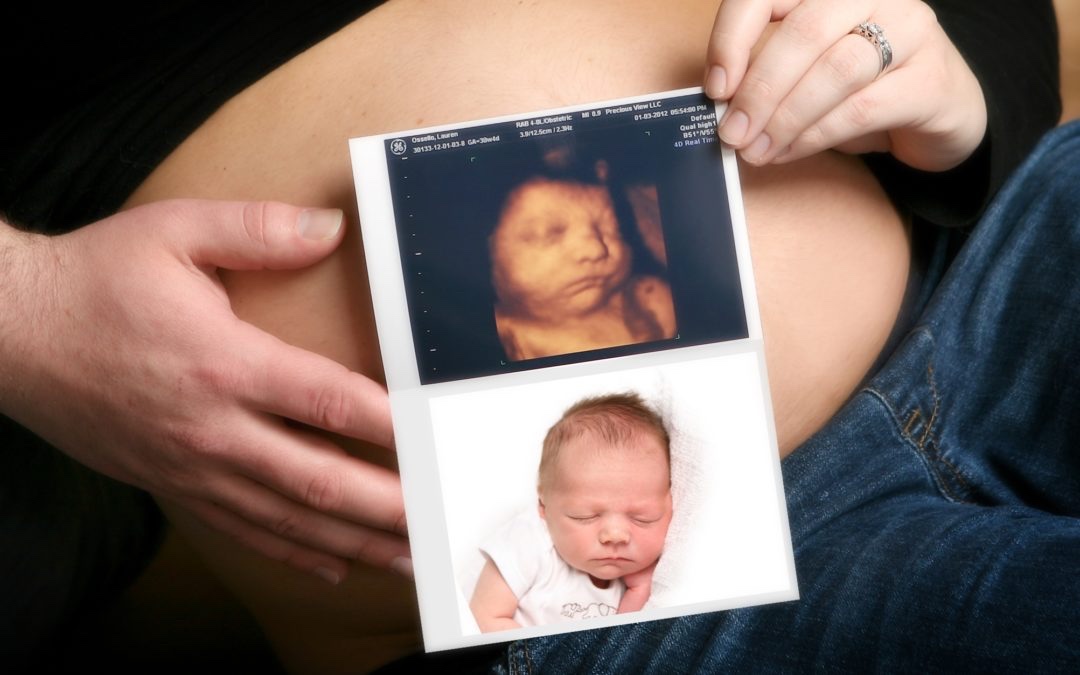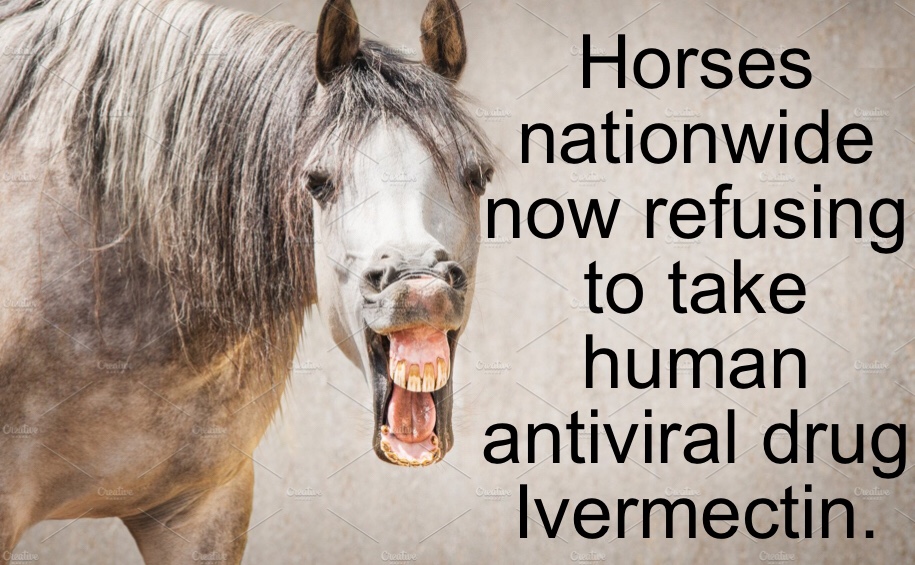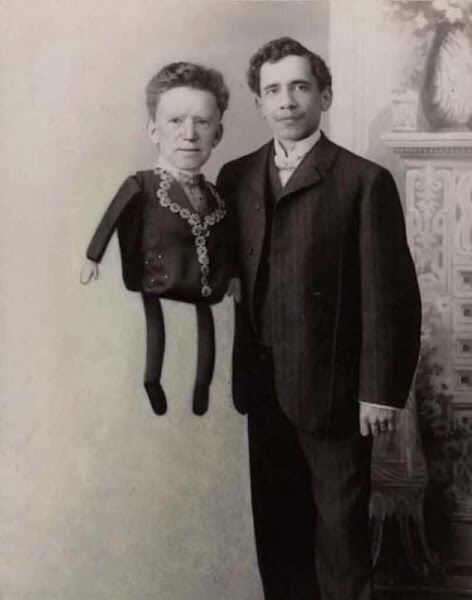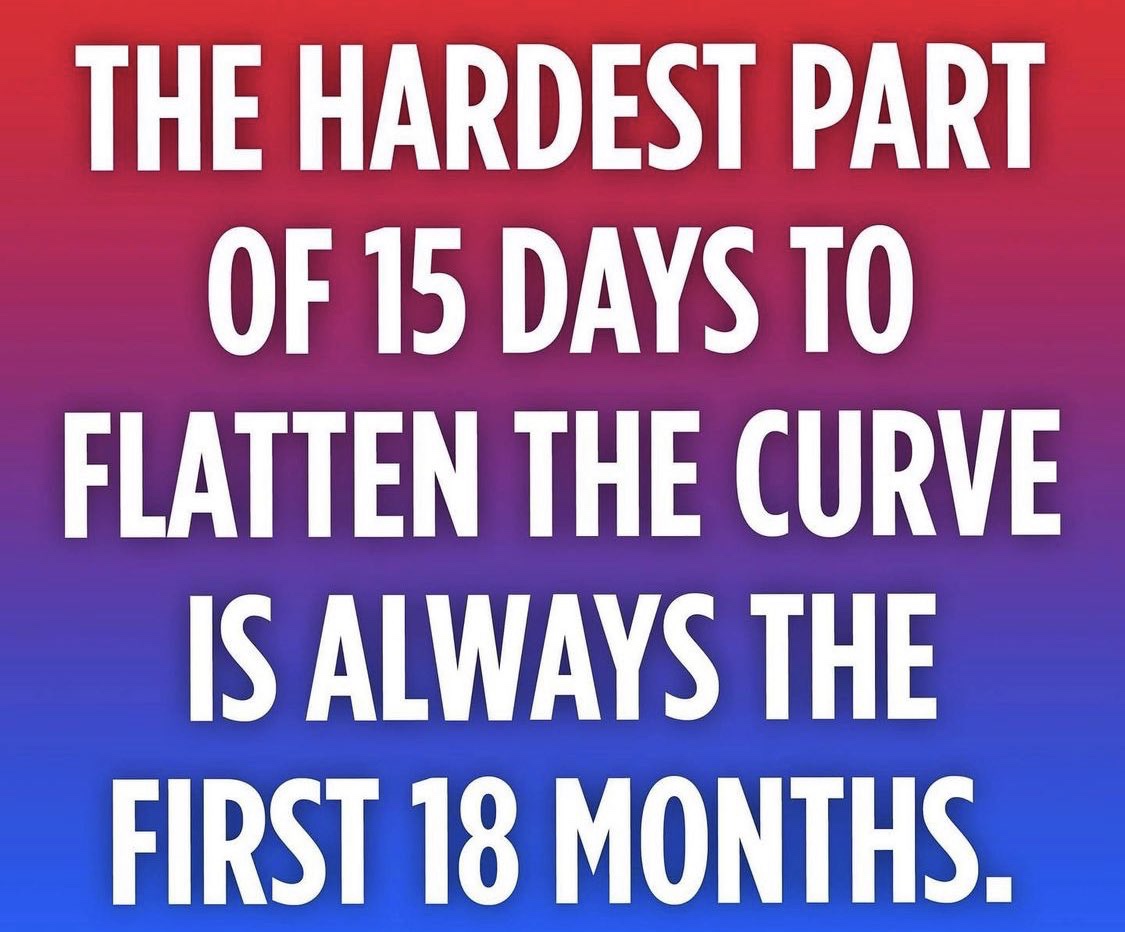
Remember, BigPharma wants and needs you sick, scared and dying. They have ZERO interest in CURING anything. All they care about is SELLING DRUGS, and not just any drugs, but only the most expensive drugs possible. For cancer, which is lethal and thus very scary and puts people into a mindset of desperation, they not only refuse to investigate a cheap drug like Ivermectin, they will go to literal WAR – folks read that again, BigPharma will plunge the world into LITERAL WAR – to prevent their hyper-expensive drug market from being threatened.
Given this paper, linked and excerpted below, it is OBVIOUS that Ivermectin has very, very significant broad-spectrum anti-cancer properties. Thus, it MUST be vilified and ridiculed as a “dangerous, highly toxic veterinarian de-wormer” because Ivermectin is an existential attack on not just the CoronaScam Mandatory DeathInjection Subscription business, but also on the massively lucrative ONCOLOGY pharmaceutical market.
These people are non-state, non-uniformed enemy belligerents, and they have declared WAR on the human race, and this CoronaScam totalitarian putsch will never, ever, ever end without full, hot war, barring only a full-on supernatural intervention.
And yes, after reading this paper, I would say that ANYONE with cancer should begin taking Ivermectin immediately. -AB
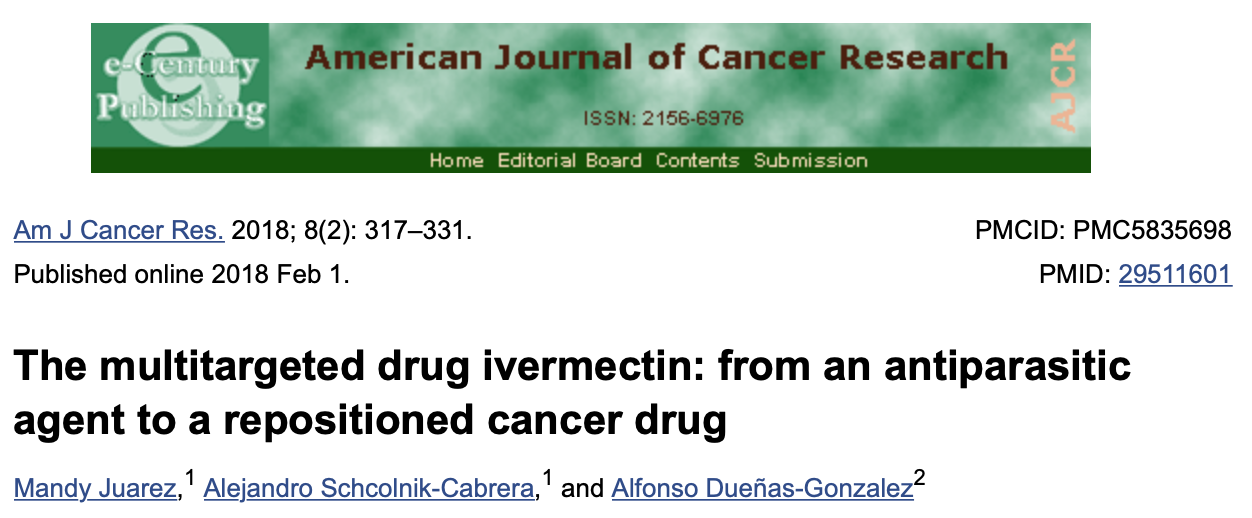
Conclusions
The recognition that drug repositioning is a clever opportunity to accelerate the development of cancer drugs is increasing. So far, at least 235 clinically-approved, non-cancer drugs have proven antitumor activity either in vitro, in vivo, or even clinically. Among these, ivermectin, an antiparasitic compound of wide use in veterinary and human medicine, is clearly a strong candidate for repositioning, based on the fact that i) it is very safe, causing almost no side-effects other than those caused by the immune and inflammatory responses against the parasite in infected patients, and ii) it has proven antitumor activity in preclinical studies. On the other hand, it is now evident that the use of very selective “unitargeted” drugs is commonly associated to early development of resistance by cancer cells, hence the use of “dirty” or “multitargeted” drugs is important to explore. In this sense, ivermectin has this potential as it modulates several targets such as the multidrug resistance protein (MDR), the Akt/mTOR and WNT-TCF pathways, the purinergic receptors, the PAK-1 protein, certain cancer-related epigenetic deregulators such as SIN3A and SIN3B, RNA helicase activity, while stimulates chloride channel receptors leading to cell hyperpolarization, and down-regulates stemness genes to preferentially target cancer stem-cell like population, at least in breast cancer. Importantly, the in vitro and in vivo antitumor activities of ivermectin are achieved at concentrations that can be clinically reachable based on the human pharmacokinetic studies done in healthy and parasited patients. Thus, existing information on ivermectin could allow its rapid move into clinical trials for cancer patients.
Table 3
Antitumor effects of ivermectin in vitro
| Tumor type |
Cell lines |
[µM] |
Effects |
Reference |
| Human leukemia |
OCI-AML2 |
5, |
Induces cell death through upregulation of ROS. |
[44] |
| HL60 |
10, |
| U937 |
15, |
| K61a |
20 |
| Prostate cancer |
DU145 |
|
|
|
| PPC-1 |
|
|
|
| Human glioblastoma |
U87 |
1, |
Induces growth inhibition, apoptosis and anti-angiogenesis. |
[47] |
|
T98G |
5, |
|
|
10 |
| Ovarian cancer |
TYK-nu |
0.1, |
Inhibition of cell proliferation. |
[9] |
| KOC7C |
1, |
| SKOV3 |
10, |
| RMUG-S |
100 |
| HEI-193 |
|
| Breast cancer |
MDA-MB-435, |
5, |
Stimulates autophagy and inhibition of cell proliferation. |
[54] |
| MDA-MB-231 |
10, |
| MDA-MB-468 |
15, |
| MDA-MB-361 |
20 |
| MCF-7 |
|
| HS578T |
|
| Murine breast cancer |
4T1.2 |
1, |
Induces apoptosis and necrosis. Induces autophagy. |
[50] |
| DDHer2 |
4, |
|
8, |
| Murine melanoma |
C57BL/6 |
16 |
Inhibition of cell proliferation and clonogenic capacity. |
|
| Murine colon adenocarcinoma |
CT.26 |
|
Increases the amount of ROS. |
|
| Human breast cancer |
MDA-MB-231 |
|
|
|
| MCF7 |
|
|
|
| SKBR3 |
|
|
|
| Human melanoma |
A2058 |
|
|
|
| A375 |
|
|
|
| Human pancreatic cancer |
PANC1 |
|
|
|
|
MiaPaca2 |
|
|
|
| Human prostate cancer |
DU145 |
|
|
|
| Human head and neck cancer |
A253 |
|
|
|
| Human leukemia |
MV411 |
|
|
|
| Human colon cancer |
CC14 |
0.1, |
Inhibits cell proliferation and induces apoptosis. |
[57] |
| CC36 |
1, |
|
|
| Ls174T |
5, |
|
|
| HT29 |
10 |
|
|
| Human glioblastoma |
DLD1 |
|
|
|
| U251 |
|
|
|
| Human melanoma |
SKMe12 |
|
|
|
| Murine breast cancer |
4T1 |
0.01, |
Inhibition of invasiveness and restoration of tamoxifen sensitivity. |
[59] |
|
MMTV-Myc |
0.1, |
|
|
| Human breast cancer |
MDA-MB-231 |
1 |
Inhibition of cell growth and metastases. |
|
| D3H2LN |
| Human breast cancer |
MDA-MB-231 |
0.2, |
Preferentially inhibits cell viability and clonogenicity of the stem cell population. |
[67] |
| 0.4, |
| 0.8, |
| 1, |
| 5, |
| 8 |
Table 4
Antitumor effects of ivermectin in vivo
| Tumor type |
Tumor cell line |
Days of treat. |
Dose mg/kg |
Mice |
Effects of Ivermectin |
Ref. |
| Murine leukemia |
MDAY-D2 |
10 |
3, |
NOD/SCID mice |
Reduces tumor volume up to 70% in all models |
[44] |
| 5, |
| 6 |
| i.p. |
| Human leukemia |
K562 |
|
3 oral |
|
|
|
| OCI-AML2 |
| Human glioblastoma |
U87 |
21 |
40 |
SCID mice |
Reduces tumor volume up to 50% |
[47] |
| T98G |
i.p. |
| Breast cancer |
MDA-MB-231-GFP |
10 |
2.4 |
NOD/SCID mice |
Reduces tumor volume up to 60% |
[54] |
| i.p. |
| Human glioma |
U87MG |
42 |
3, |
Balb/c nude mice |
Reduces tumor volume up to 50% at 3 mg/kg. |
[64] |
| 10 |
At 10 mg/kg tumors were not detectable |
| i.t. |
|
| Human colon cancer |
LDL1 |
21 |
10 |
NMRI nude mice |
Reduces tumor volume up to 85% (LDL1 cell line). No effect is observed in the tumor TCF-independent cell line (CC14) |
[57] |


